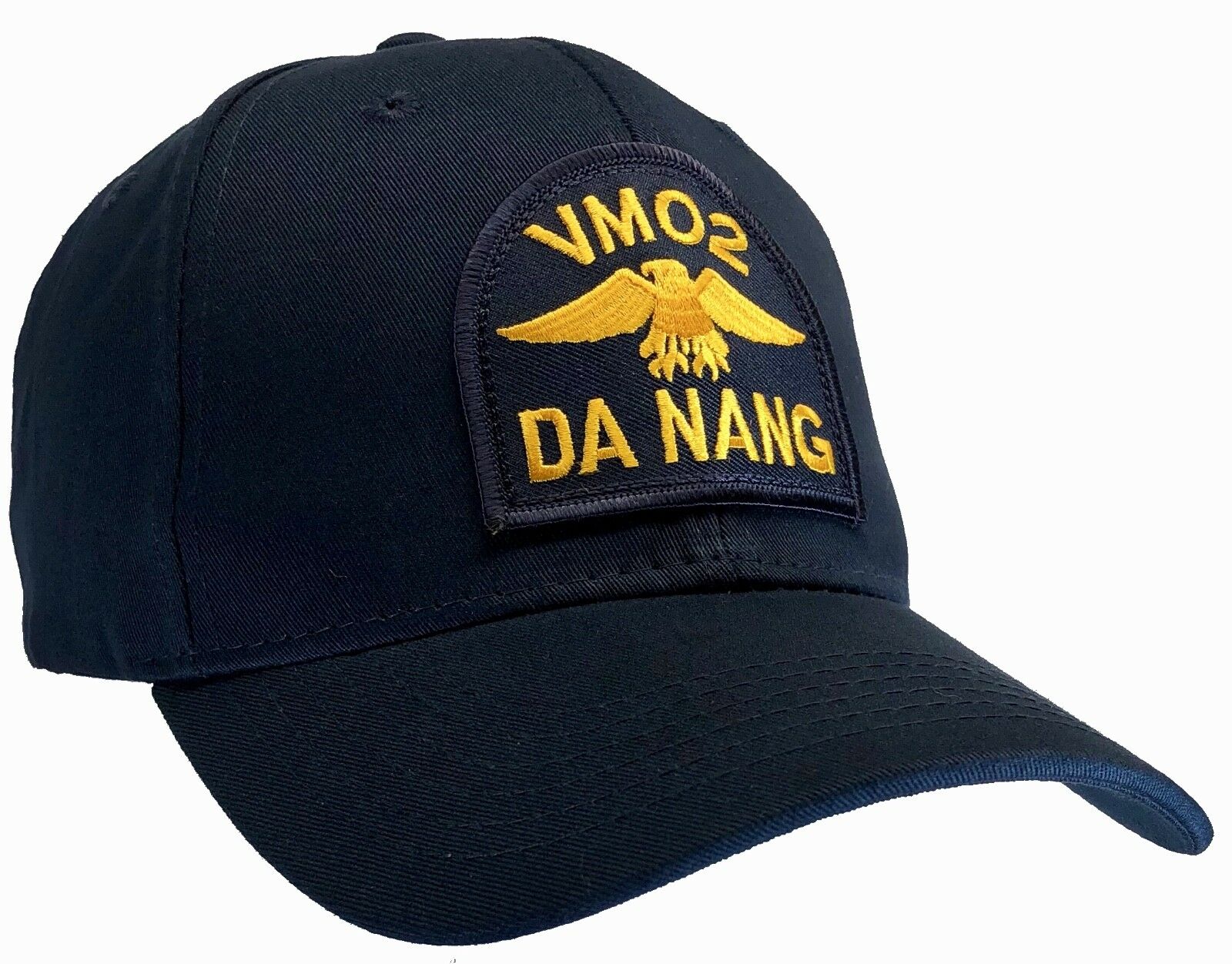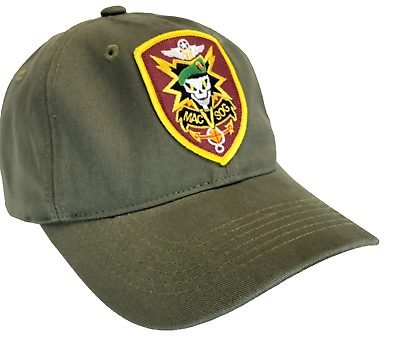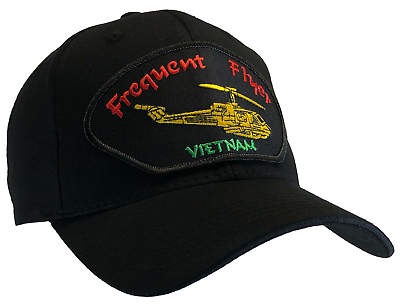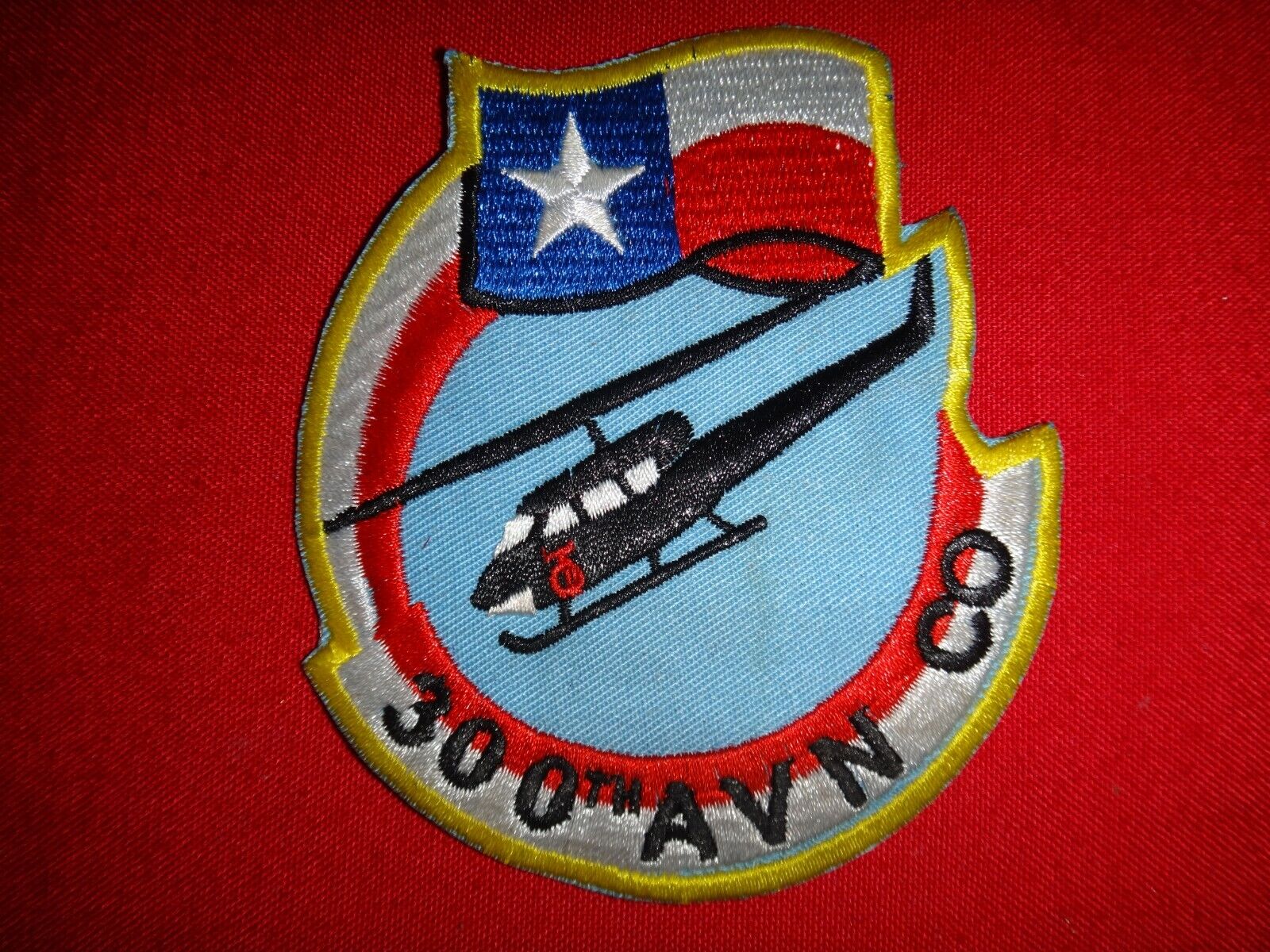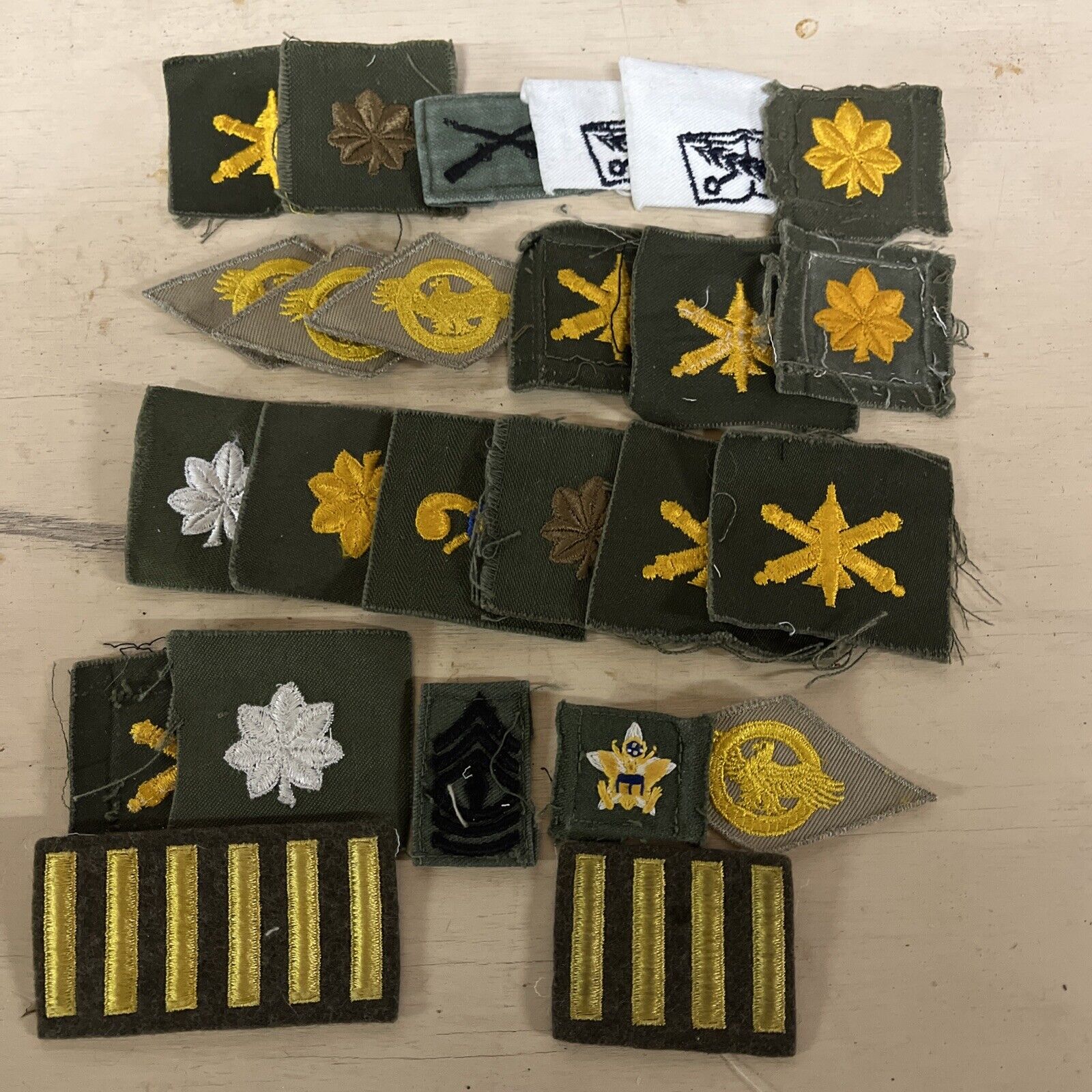-40%
ARVN MARINE Corps THUY QUAN LUC CHIEN Vietnam War Patch
$ 5.25
- Description
- Size Guide
Description
Your browser does not support JavaScript. To view this page, enable JavaScript if it is disabled or upgrade your browser.Vintage original Vietnam war in-country patch, size is 2.8" by 2.2" - used condition.
About 11 years after its birth, the
ARVN Marine Corps
was officially separated from the Vietnamese Navy. and on January 3, 1965, it became an autonomous service under the control of the Joint General Staff of the Vietnamese Armed Forces. The mission of the ARVN MC was expanded to: (1) Conduct amphibious operations throughout the coastal areas and off shore islands of the Republic of Vietnam; (2) Conduct riverborne operations along the coastal lowlands and in the Delta Region; and (3) Conduct such independent and/or joint combined ground operations in conjunction with Republic of Vietnam Army and Free World Forces as may be directed. After 1965, the Marines deployed more to the I and II Corps areas as the war progressed away from the Delta and capital regions. Multiple battalion operations became the norm through the use of task force headquarters. Two battalions under Task Force A concluded a series of operations over a four-month period that resulted in 444 communists killed and another 150 taken prisoner. This included a notable engagement in April 1965 near An Thai, Binh Dinh Province, which resulted in the 2d Infantry Battalion earning a U.S. Presidential Unit Citation for a successful defense against a superior communist force. By 1966, the Marines formed another battalion and realigned supporting units to become a more balanced combined arms force. It was still lacking in armor, aircraft, and logistic support. In 1968, a Marine division was formed of two brigades. In 1970, there were three brigades, nine infantry battalions, and three artillery battalions. From 1966 through 1967, the Marines spent more time in I Corps and conducted operations in conjunction with the Americans in this critical locale. It was observed that Vietnamese Marines were in the field 75 percent of the time, then the highest figure obtained by South Vietnamese forces. During the 1968 Tet Offensive, the Marines fought in both Saigon and Hue to defeat the communist attempt at a general uprising. During this year, the Vietnamese Marines maintained a casualty to kill ratio of one to seven. The Corps grew through the years until by 1969 it was a force of nearly 9,000 officers and men organized into a Division Headquarters, a Training Command, six Infantry Battalions (with four rifle companies per battalion), two Brigade Headquarters, two Artillery Battalions, a Medical Battalion, a Headquarters Battalion and a Service Battalion. In March 1969, the 5th Infantry Battalion earned a U.S. Navy Unit Commendation for action in III Corps, near Bien Hoa. This resulted in 73 communists killed, 20 taken prisoners, and captured weapons. Vietnamese Marines took part in the aggressive South Vietnamese external operations that coincided with the American departure: Cambodia in 1970 and Laos in 1971. The Laotian incursion was the first time a division command post took the field to control maneuver brigades. By 1971, at least two Vietnamese Marine brigades remained in I Corps facing the demilitarized zone and the North Vietnamese, filling the vacuum left when the Americans moved from this region. During the Spring Offensive in 1972, the Vietnamese Marines were fully employed for the defense of the north and at first were used piecemeal under control of the 3d ARVN Division. The Marine Division established itself as a major fighting force in the month-long battle to recapture Quang Tri City; in the process, the Vietnamese Marines killed an estimated 17,819 North Vietnamese soldiers, took 156 prisoners, and captured more than 5,000 weapons and vehicles. At the beginning of 1973, the Marine Division was regarded by the South Vietnamese as an âoutstanding unitâ of the Republic of Vietnam Armed Forces. The Vietnamese Marines remained committed to the defense of the Demilitarized Zone through 1974. Supporting units continued to be formed through 1971, reaching a peak of 939 officers and 14,290 men at the time the Americans withdrew. This figure expanded to more than 15,000 men in 1973. Total casualty figures are not available, but in the heavy 1972 fighting, some 2,455 Marines were killed in action and another 7,840 men were wounded during the same period. To face the military crisis in 1975, three additional battalions and a fourth brigade were formed before the South Vietnamese defeat. First ordered to protect Hue and Da Nang from the communist attack in spring 1975, the Marines were hastily withdrawn with the collapse of the South Vietnamese in the northern provinces. Five battalion commanders and some 40 company commanders were killed during the fighting. The division reorganized and deployed its remaining forces at Long Binh for the final battle for Saigon. There it stayed through the subsequent fighting at the end of April 1975. At that point, the Vietnamese Marine Corps ceased to exist except in memory and history. For the Vietnamese, the conflict was the end of a 30-year war in which the Vietnamese Marine Corps played a part until the bitter end.
For any unsatisfactory reason, item can be returned within 30 days for full refund of purchase price.
For more selection, please visit our eBay store. Thanks !





